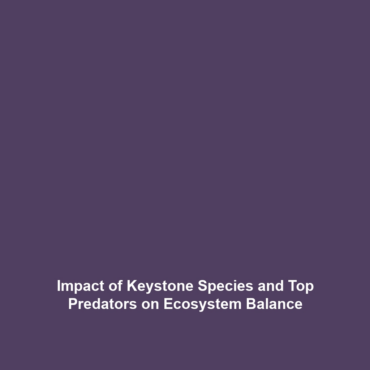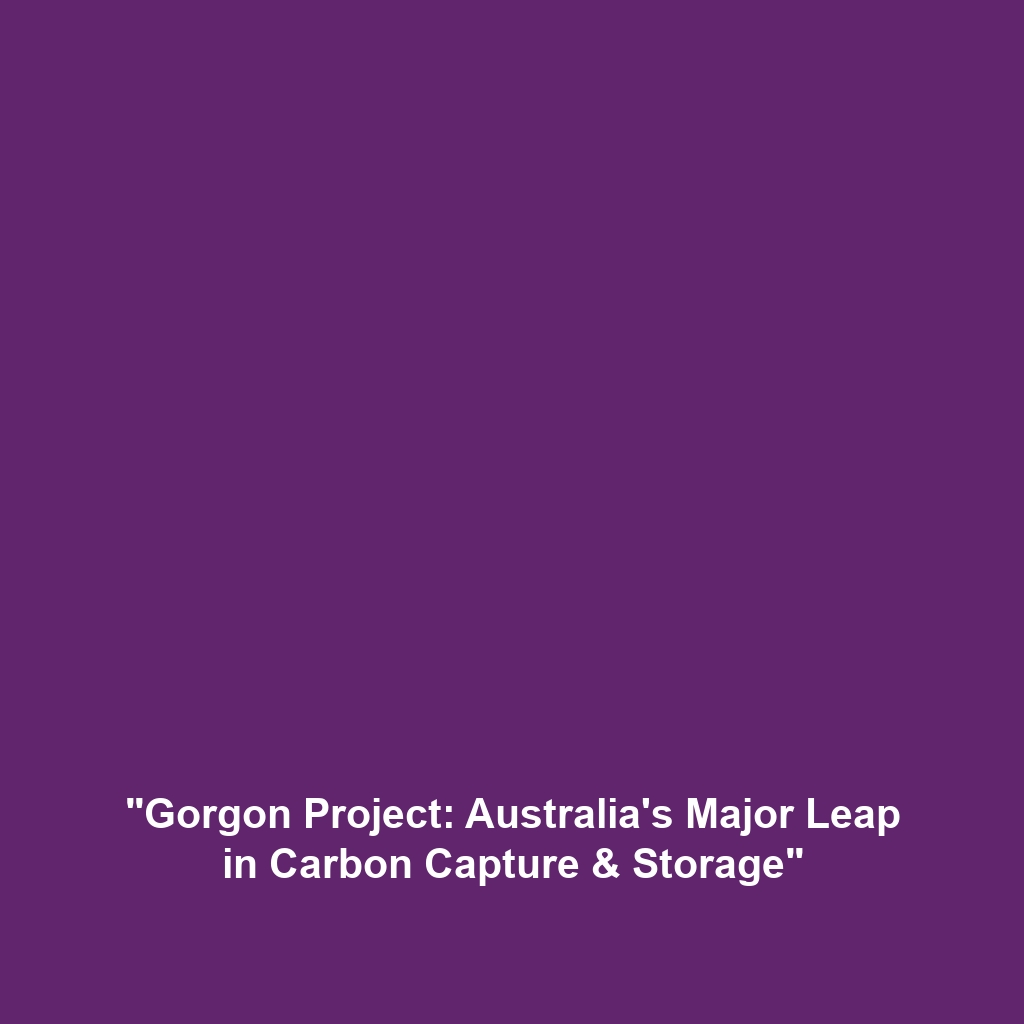<>
Logging and Timber Extraction: Demand for Wood Products
Introduction
The increasing demand for wood products globally has significant implications for deforestation and biodiversity loss. Logging and timber extraction practices, often essential for economic development and industrial growth, lead to the degradation of forest ecosystems. As we explore these interconnected issues, understanding the sustainability of timber extraction becomes crucial for conserving biodiversity and ensuring the health of our planet.
Key Concepts
The Principles of Logging and Timber Extraction
Logging involves the process of cutting down trees for wood products, which includes everything from furniture to paper. The demand for wood products directly influences logging practices, leading to various sustainable and unsustainable methods of timber extraction. This balance is pivotal within the broader context of deforestation & biodiversity loss.
Understanding Deforestation
Deforestation refers to the large-scale removal of forest cover, primarily for agricultural, urban, and industrial purposes, which can result in the loss of plant and animal species that depend on these habitats. Key concepts include:
- Clear-Cutting: The complete removal of trees in an area, significantly impacting biodiversity.
- Selective Logging: A more sustainable method where certain trees are harvested while others are preserved, aimed at reducing ecological impact.
- Illegal Logging: A major issue posing threats to forests, often contributing to biodiversity loss.
Applications and Real-World Uses
The demand for wood products manifests in various industries, illustrating how logging and timber extraction directly impact deforestation & biodiversity loss. Key applications include:
- Construction: Timber is widely used for building homes, creating a strong demand for extracted wood.
- Pulp and Paper Industries: Logging practices directly supply raw materials for paper production.
- Furniture Manufacturing: Custom and mass-produced furniture often relies on specific wood types extracted through logging.
Current Challenges
Despite its utility, the demand for wood products faces several challenges that impact its relationship with deforestation & biodiversity loss. Some key issues include:
- Overharvesting: Unsustainable logging practices lead to habitat destruction.
- Lack of Regulation: Inadequate laws regarding timber extraction contribute to illegal logging.
- Climate Change: Altered climate patterns can exacerbate biodiversity loss in deforested areas.
Future Research and Innovations
Research continues to evolve in the field of logging and timber extraction, focusing on innovations that aim to balance wood demand with ecological sustainability. Future advancements include:
- Sustainable Forestry: Practices that are eco-friendly and maintain forest health while meeting resource demands.
- Biotechnological Solutions: Developing tree species that grow faster and are more resilient against pests.
- Advanced Monitoring Technologies: Utilizing drones and satellite imagery to track deforestation and promote better logging practices.
Conclusion
In summary, the relationship between logging and timber extraction and the demand for wood products plays a critical role in shaping the landscape of deforestation & biodiversity loss. Addressing these challenges through sustainable practices and innovative research is essential for conserving our ecological heritage. To further understand the implications and potential solutions, consider exploring additional resources on sustainable forestry and biodiversity conservation.




